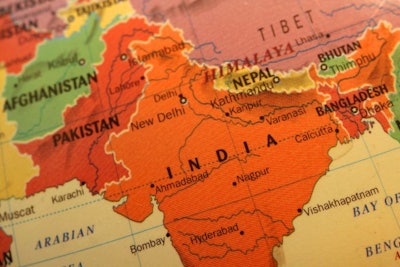
The Brazilian Animal Protein Association (ABPA) spoke last week about Asia and why it has its eyes set on that continent.
First of all, they discussed the new "oil," which is data. Just to give an idea, they mentioned that 80% of the data generated in our history was generated in the last two years in the world. In particular, poultry and swine producers in that country have 18.5 million datum on poultry and pigs, and 800 million datum on foreign trade. So, by creating ABPA Data, the association can make data-driven decisions.
Asia is already the present and future of Brazilian poultry and swine exports. In the last two decades the growth of exports has been surprising. In volume, in the first decade of this century, the Middle East was 32.29% and Asia 26.71%. Until last year, Asia represented 35.99% and the Middle East 33.99%. As the Middle East is part of Asia, when put these figures together, totals compare as 59% and 69.98%.
By country, China, Saudi Arabia, and Japan are the most important, but there are also the United Arab Emirates, Hong Kong, South Korea, Kuwait and Singapore.
It is estimated that 6 out of 10 people in the world are in Asia, or about 4 billion people. China has about 1.4 billion people and India about 1.3 billion. The latter increases its population annually by about 15 million people. "It is a whole country every year," said Ricardo Santin, executive president of ABPA. So ABPA is targeting India.
India is one of the least industrialized countries in Asia, but the purchasing power of the population is increasing. And when you earn more, the first thing you spend the most money is on eating better, especially if we consider that the per capita chicken consumption is of only 3.9 kg. In this way, India's demographic bonus will last long. Also, chicken is perfectly adapted to the food of that country and to all religions.
So, in addition to China, I think we will have to think more about India. It does not sound crazy.
What do you think?

















